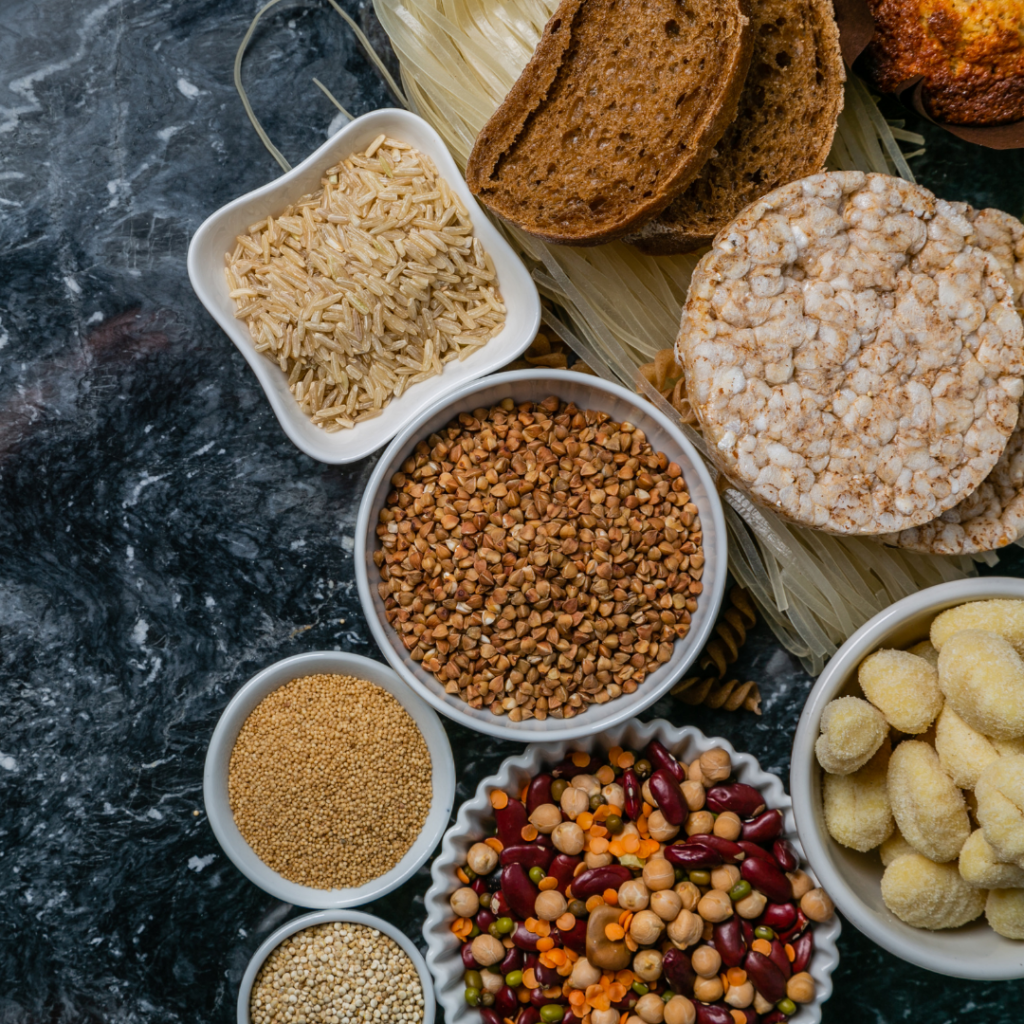Managing a gluten-free or low-gluten diet is difficult for many people. There are so many different kinds of food out there, and it’s sometimes hard to find places that offer good options. This article will break down the basics of a gluten-free diet, including foods to eat and avoid.
What is a Gluten-Free Diet?
Gluten is a type of protein found in grains like wheat, rye, and barley. The most common symptoms of a gluten allergy are skin rashes, hives, and an itchy mouth. Gluten can also cause problems in the gut, such as diarrhea, constipation, and bloating.
In some cases, gut supplements such as Bio Complete 3 and bio X4 can help to keep the digestive system healthy and functioning adequately. These probiotics can reduce most digestive issues as well as improve immunity and metabolism. Though it could be beneficial to also manage diet and eating habits. So, going gluten-free can help you to maintain health and fitness.
A gluten-free diet excludes only foods that contain gluten (i.e., wheat, rye, barley). Some people follow a vegan or gluten-free diet together as part of an overall healthy lifestyle approach. Others follow one exclusively.
Yes, you can still eat bread since it isn’t typically considered a gluten-containing food, but there are some exceptions, like naan bread which is made with rice flour, so it may contain trace amounts of gluten. You can also make your own GF bread or pasta using various flours like almond or quinoa flour which will be free of both wheat and gluten contamination respectively.
Types of Gluten-Free Diets
There are a few different types of gluten-free diets, and each has its own set of benefits and drawbacks. Here’s a breakdown of the most popular ones:
- The elimination diet is the simplest form of gluten-free diet and simply excludes all gluten products from your diet. This is the most common type of gluten-free diet, and is best for people who have been diagnosed with celiac disease or a sensitivity to gluten.
- The reduced-gluten diet eliminates some gluten-containing foods but still allows other safe foods like grains, legumes, and fruits. This diet is best for people who don’t have any specific symptoms related to gluten intake but want to reduce their risk of developing a celiac disease or another gluten intolerance.
- The modified elimination diet eliminates all wheat products except for those that are specifically labeled as “safe” for people with celiac disease or a sensitivity to wheat. This type of diet is typically recommended for people who have had positive results following a restricted elimination trial period on a reduced-gluten diet.
Benefits of a Gluten-Free Diet
There are many health benefits to choosing a gluten-free diet. A gluten-free diet has also been linked with a reduced risk of some types of cancer. The U.S. Department of Agriculture (USDA) states that people who follow a gluten-free diet may have a lower risk of developing chronic diseases such as heart disease and type II diabetes. In addition to that, following a gluten-free diet can help you avoid some forms of rheumatoid arthritis. So, if you are someone who happens to suffer from arthritis, switching to a gluten-free diet might be best for you. However, if you are experiencing severe joint pain, stiffness, and inflammation, seeking the help of a rheumatologist (similar to the ones at Lomibao Rheumatology and Wellness Care) can be a wise decision. These doctors tend to have expertise in the matter of arthritis and can prescribe medication to help ease your pain. Many such doctors even suggest patients to follow a gluten-free diet.
There are also many benefits to maintaining a gluten-free lifestyle for people who don’t have celiac disease. Gluten is associated with negative symptoms in people with irritable bowel syndrome (IBS), such as bloating and constipation. A gluten-free diet can help improve these symptoms.
What Foods to Avoid on a Gluten-Free Diet?
When following a gluten-free diet, you must be aware of the foods you should avoid. Although many people with celiac disease don’t have an adverse reaction to gluten, others do. For these people, avoiding gluten can help improve their health.
To ensure you follow a gluten-free diet properly, it is important to know what foods contain gluten. Many processed foods, including bread and pasta, often contain gluten. In addition, some fruits and vegetables also contain small amounts of gluten. To be sure you are avoiding all traces of gluten, it is best to follow a strict gluten-free diet, which can ideally consist of beans, seeds, legumes, and nuts. If you choose to take any health supplements, make sure that they do not contain gluten; these creatine gummies, for example, are very clearly labeled as gluten-free, so you can eat these confident that they will not cause a reaction.
That said, to further help with your navigation on a gluten-free diet, here are some food items to avoid:
- Bread products: This includes items like bakery goods and sandwich breads.
- Cereals: These include products like granola bars and breakfast bars.
- Pasta: This includes both boxed pasta and homemade pasta.
- Rice: This includes products like white rice and brown rice.
Are You Going for a Gluten-Free Diet?
If you are living with Celiac disease or any gluten-related condition, you must understand the benefits and risks associated with a gluten-free diet. This article provides you with the information you need to make the decision whether or not a gluten-free diet is right for you. From understanding how gluten affects your body to learning about the different gluten-free diets, we hope this article has helped answer some of your questions.

